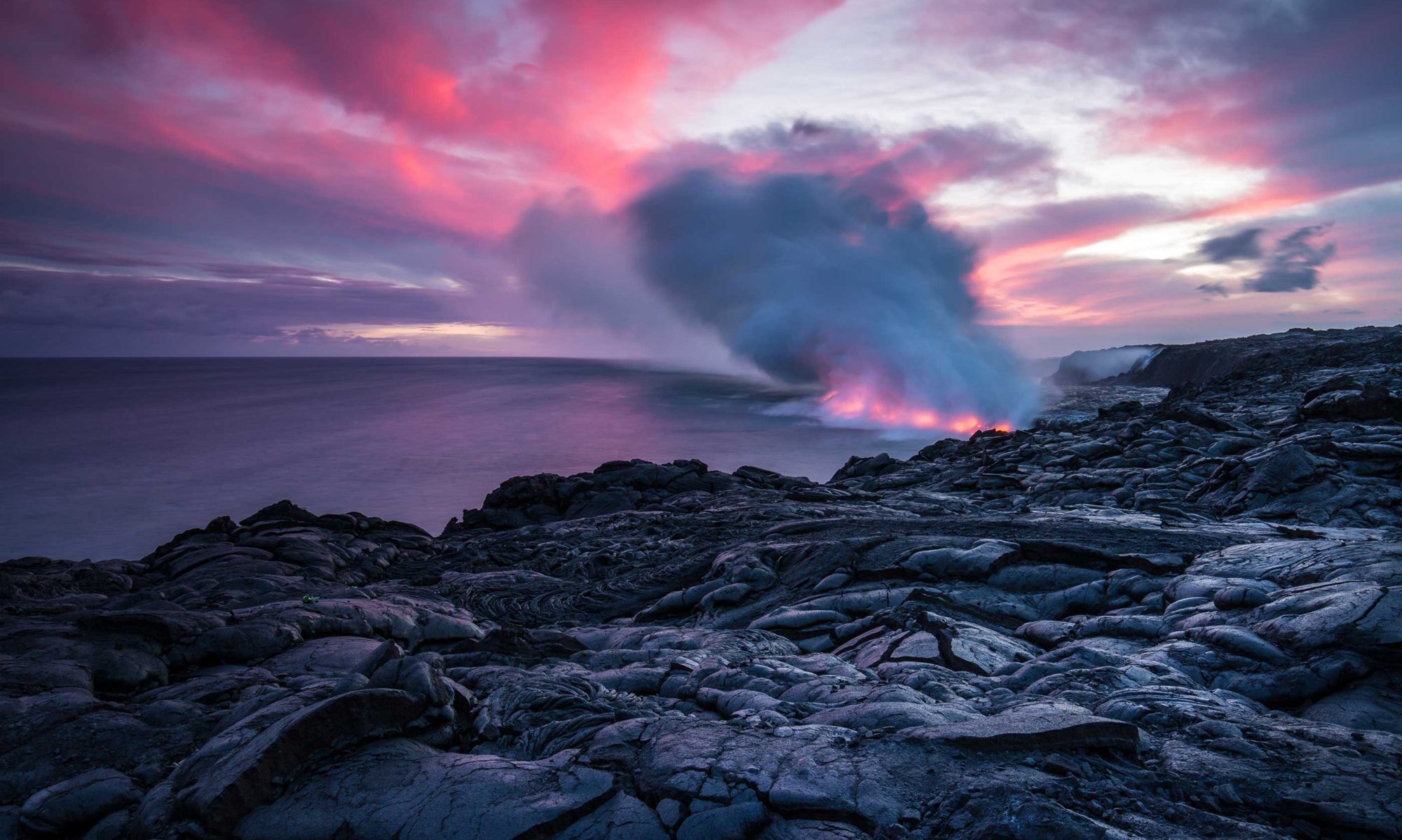Researchers have made a groundbreaking discovery that reshapes our understanding of Earth’s first crust and the early geological history of the planet. A new study published in Nature suggests that the very first crust, which formed around 4.5 billion years ago, already possessed the unique chemical signature found in today’s continental crust. This challenges the long-held assumption that such signatures could only result from plate tectonic activity, particularly the process of subduction—where one tectonic plate dives beneath another.
Led by Professor Emeritus Simon Turner of Macquarie University, with collaborators from institutions in Australia, the UK, and France, the study proposes that Earth’s first crust was chemically distinct from the outset. Using advanced mathematical models to simulate early Earth conditions—when the planet’s core was still forming beneath a molten surface—the research team showed that the crust naturally acquired its signature chemical patterns without the need for subduction processes.
One key focus of the study was the behavior of niobium, an element typically found in smaller quantities in subduction-related rocks. Previous efforts to date the origin of plate tectonics relied heavily on detecting when low-niobium rocks first appeared, but inconsistent findings led Professor Turner to question whether the scientific community was asking the right question.
The new models revealed that, under the reducing (oxygen-poor) conditions of early Earth, niobium became “siderophilic,” meaning it was attracted to metal and sank into the core through the global magma ocean. This process could explain the so-called “niobium anomaly” seen in nearly all continental crust samples—an observation that had puzzled geologists for decades. The team concluded that this chemical fingerprint existed in Earth’s first crust, long before plate tectonics became a sustained geological process.
Furthermore, the study explores how this early crust evolved. Bombardment by meteorites, crustal recycling, and the early stirrings of tectonic activity played a role in reshaping and enriching the crust, especially in silica. The researchers suggest that the crust broke into thicker fragments, forming the building blocks of continents. As these pieces moved, molten magma filled the gaps between them, forming ocean-floor-like crust. This dynamic landscape was a precursor to the modern, self-sustaining plate tectonics system.
The team also theorizes that early plate tectonics may have occurred sporadically, triggered by meteor impacts, before settling into a continuous pattern around 3.8 billion years ago as the solar system became more stable. This delayed yet decisive onset of consistent tectonic activity redefines how we view the interplay between internal and external forces shaping Earth.
Ultimately, the discovery that Earth’s first crust had already developed a modern-like chemical composition suggests a far earlier and more intrinsic formation process than previously believed. It implies that planet-building processes elsewhere in the universe might also yield continents under similar conditions—expanding our understanding of planetary evolution beyond Earth.
This new perspective on Earth’s first crust not only challenges foundational geological theories but also opens the door to new ways of thinking about how continents form on other rocky planets across the cosmos.
https://phys.org/news/2025-04-early-earth-crust-composition-discovery.html

